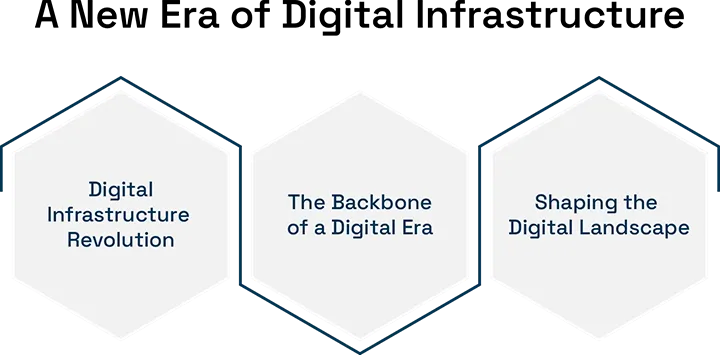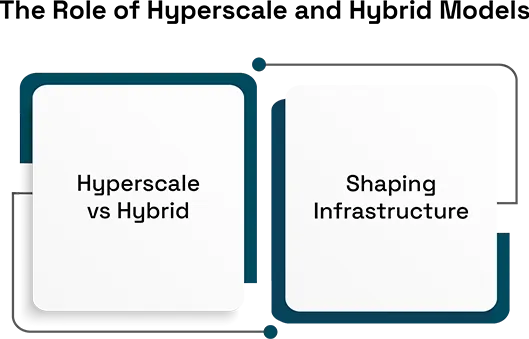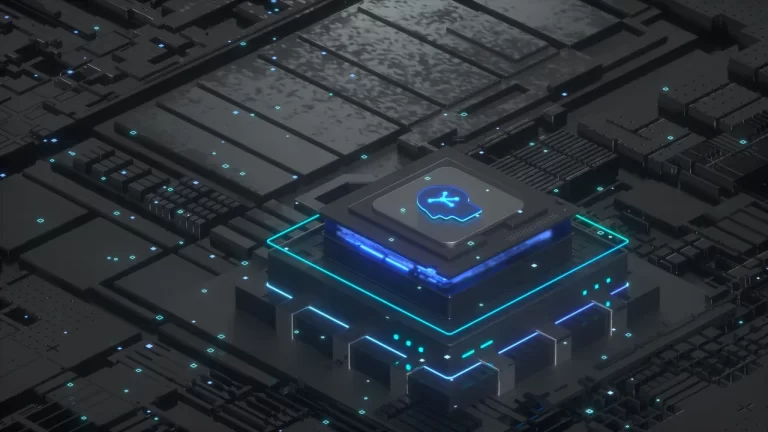Due to the pandemic forcing people to work from home, businesses globally have to rethink how they implement their IT. Traditional physical server rooms are soon becoming a thing of the past and moving towards more dynamic and flexible solutions, and at the center of this virtual data center is cloud computing cloud computing service. Far from being a fad, what is occurring is a sustained process in enterprise IT becoming more intelligent, doing more with less, and more sustainably.
A New Era of Digital Infrastructure
With employees spread across cities and continents, remote work demands continuous access to company systems, fast data retrieval, secure storage, and seamless collaboration tools. That’s where cloud computing steps in. Unlike traditional on-premise setups, cloud based data centers allow businesses to spin up new resources, manage usage, and scale operations—no matter where their teams are located.
This scalability is critical. Businesses are no longer locked into physical hardware constraints. Instead, they’re operating within data center cloud networks designed to flex with their changing needs. Whether you’re a small startup or a multinational, these networks offer performance on demand.

What is a Virtual Data Center?
A virtual data center (VDC) is a collection of cloud services or applications and computing services that may comprise VMs, storage, processing, and bandwidth capabilities. It’s everything a physical data center offers, minus the hardware maintenance. VDCs use software-defined infrastructure to deliver enterprise-grade IT functions, often managed through centralized dashboards or automated orchestration systems.
Companies using cloud provider data centers benefit from reduced costs, faster deployments, and global availability. And as workloads become increasingly complex, VDCs ensure data and applications remain accessible, secure, and resilient.
Remote Work as a Catalyst
Remote work has pushed businesses to adopt digital-first models. With fewer people in physical offices, there’s less need for on-site IT assets. Enter the cloud computing centers—massive hubs that deliver services across geographies.
The biggest advantage? Flexibility. Teams can collaborate in real time, access docs, and run critical business functions with minimal latency. The pandemic may have sparked the shift, but even now, in a hybrid-first world, the benefits of VDCs continue to gain traction.
The Role of Hyperscale and Hybrid Models
Modern enterprises are increasingly relying on hyperscale cloud computing data centers to meet remote work demands. These centers, operated by hyper-scale computing companies, are capable of transmitting vast amounts of data at lightning speed across global regions. Their architecture allows companies to rely on vast compute power, distributed storage, and next-gen networking.
At the same time, hybrid strategies are emerging. Businesses are combining public cloud data centers with private infrastructure to gain both control and elasticity. This allows sensitive data to remain on-premises while applications and less critical workloads operate in the cloud.

Data Center Trends Supporting Remote Work
Staying aligned with the reality of progressing options in the overall business world, certain trends in the data center are effectively suitable for supporting the remote working culture. Among the changes, one can identify these cutting-edge trends, for example, the concern for sustainability. The green strategies in data center providers are being accepted to follow the general trends in the data center industry. These include using other natural energy sources as well as nature-friendly cooling systems to minimize any harm to the environment is done to a minimum while maintaining high-performance operations.
Another major development is the integration of artificial intelligence. Such tools are becoming important in the management of data center through the use of Grok AI. These technologies allow one to predict workloads, manage failover, and provide capacity in ways that optimize the running of the systems irrespective of the changing needs of a remote working environment.
Edge computing is also on the rise. As employees work from various locations, there’s a greater need to process data closer to the source. Edge infrastructure enables faster response times, reduced latency, and improved overall user experience. This decentralization supports real-time applications and ensures continuity, even when traditional network pathways are under pressure.
Finally, scalability and flexible pricing models are becoming game changers. The pay-as-you-go approach offered by many cloud computing providers is especially beneficial for small and mid-sized businesses.
It allows companies to transmit and process data according to the utilization requirements without requiring the construction of multimillion-dollar facilities. This level of agility is especially important in the current world of business and has facilitated the competitiveness, effectiveness and promptness of organizations.
Security, Scalability, and Beyond
Security remains a critical focus. Luckily, VDCs provide a high level of protection, compliance requirements, and continuous threat detection. They are also used in disaster recovery and data backup so that business organizations can be assured in the current world, where many organizations are faced with cyber threats and outages.
As the company grows, it has the ability to increase its solutions’ capacity without adding physical equipment such as servers or leasing for more space. This validates mobility improvement to be beneficial for industries that require flexibility in operation due to fluctuations in market trends or changes in demand during certain periods only.
The Future of Work and Virtual Infrastructure
Looking ahead, the workplace will continue to evolve. Remote and hybrid models aren’t going anywhere, and neither is the demand for intelligent, flexible infrastructure. In its attempt to improve competitiveness, scalability, and reliability, the data center and cloud computing market is already beginning to focus on automation, zero-trust security, and smart workload distribution.
There is also an increasing dependence on public solutions for storage and collaboration of files and data to be accessed remotely. Meanwhile, database centers are evolving into intelligent systems that not only store data but also optimize and analyze it on the fly.
In short, the VDC isn’t just a response to remote work—it’s a strategic evolution. And those who invest in this frontier now will be better equipped to thrive in the digital world of tomorrow.








